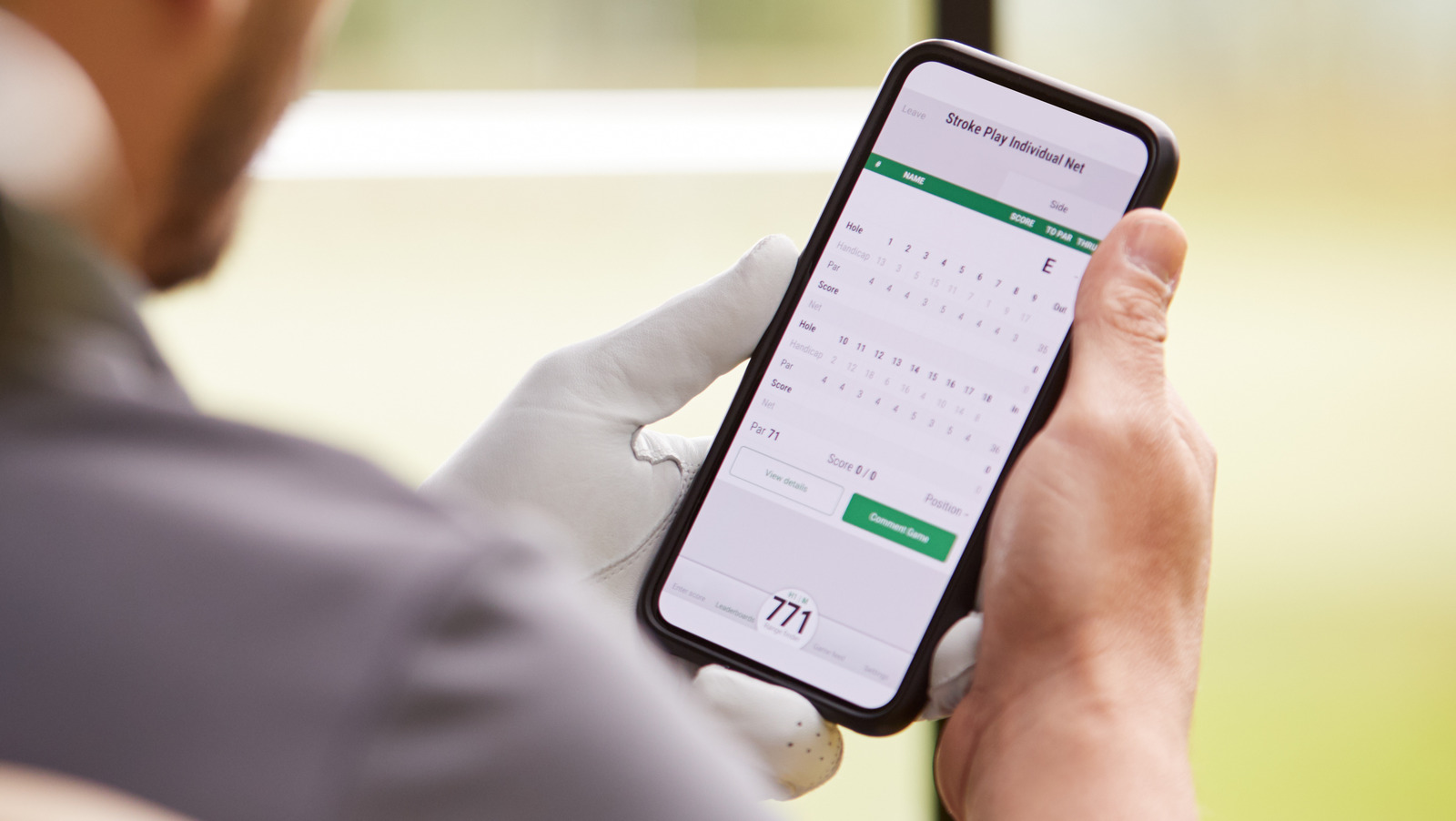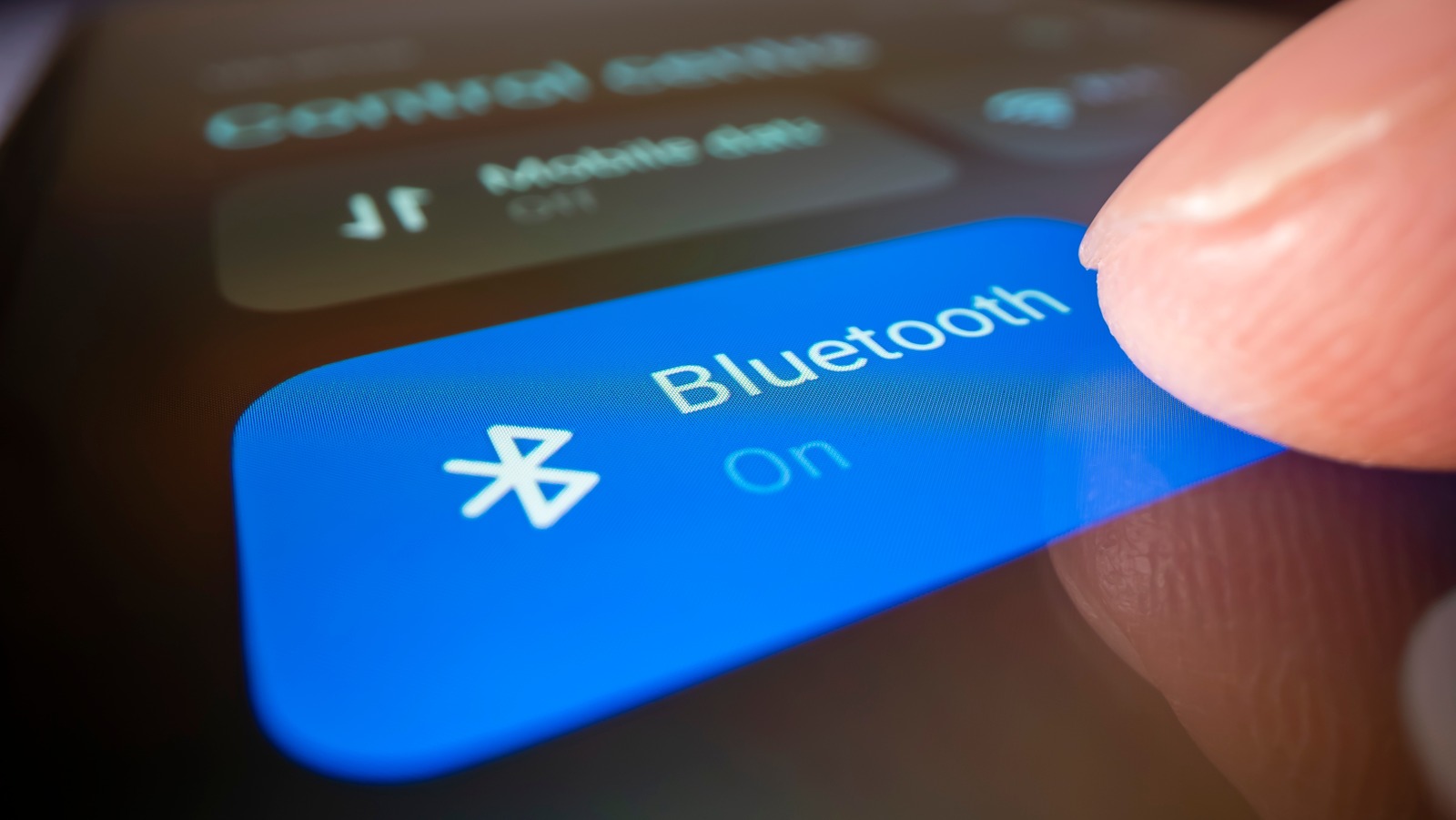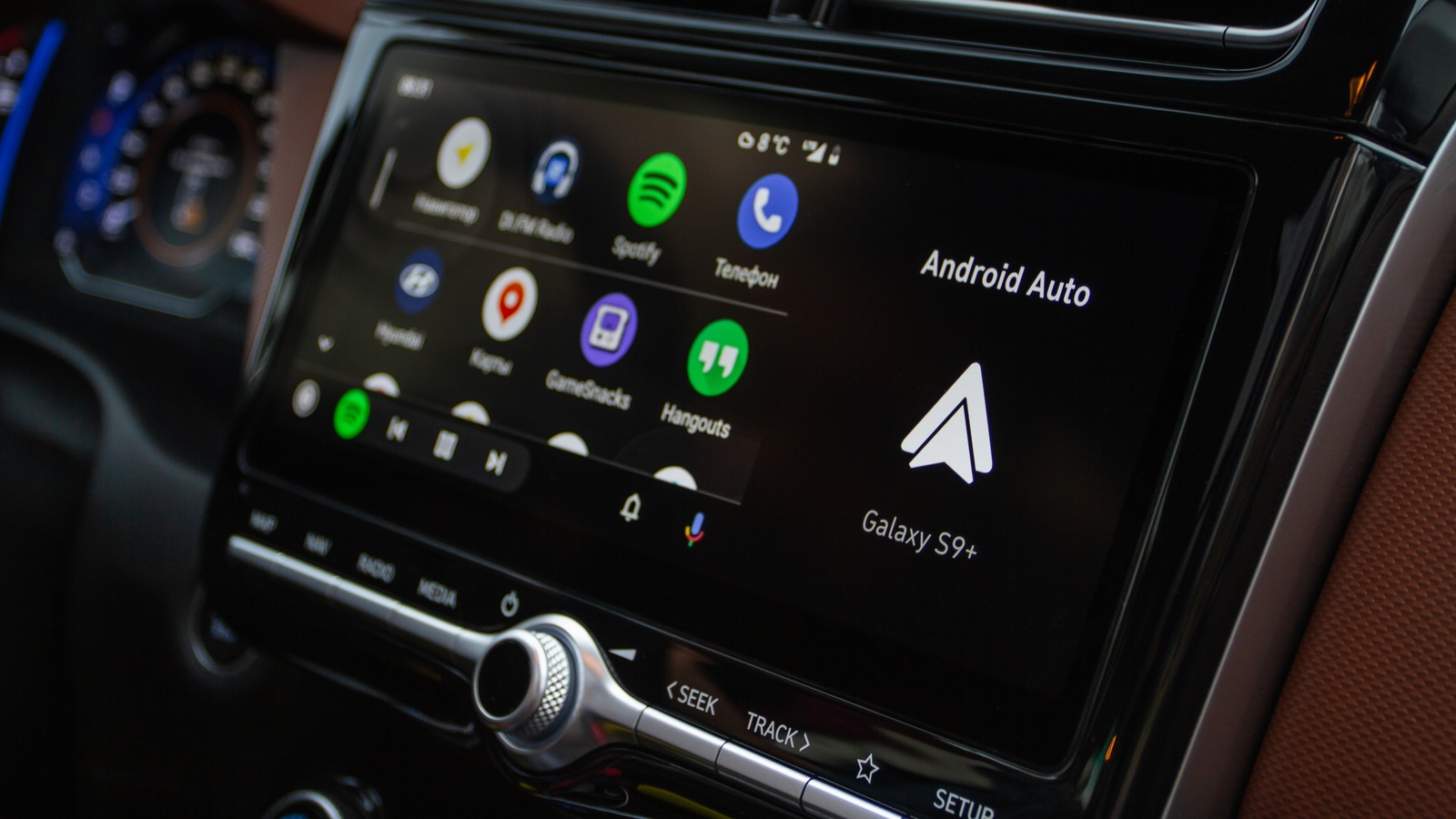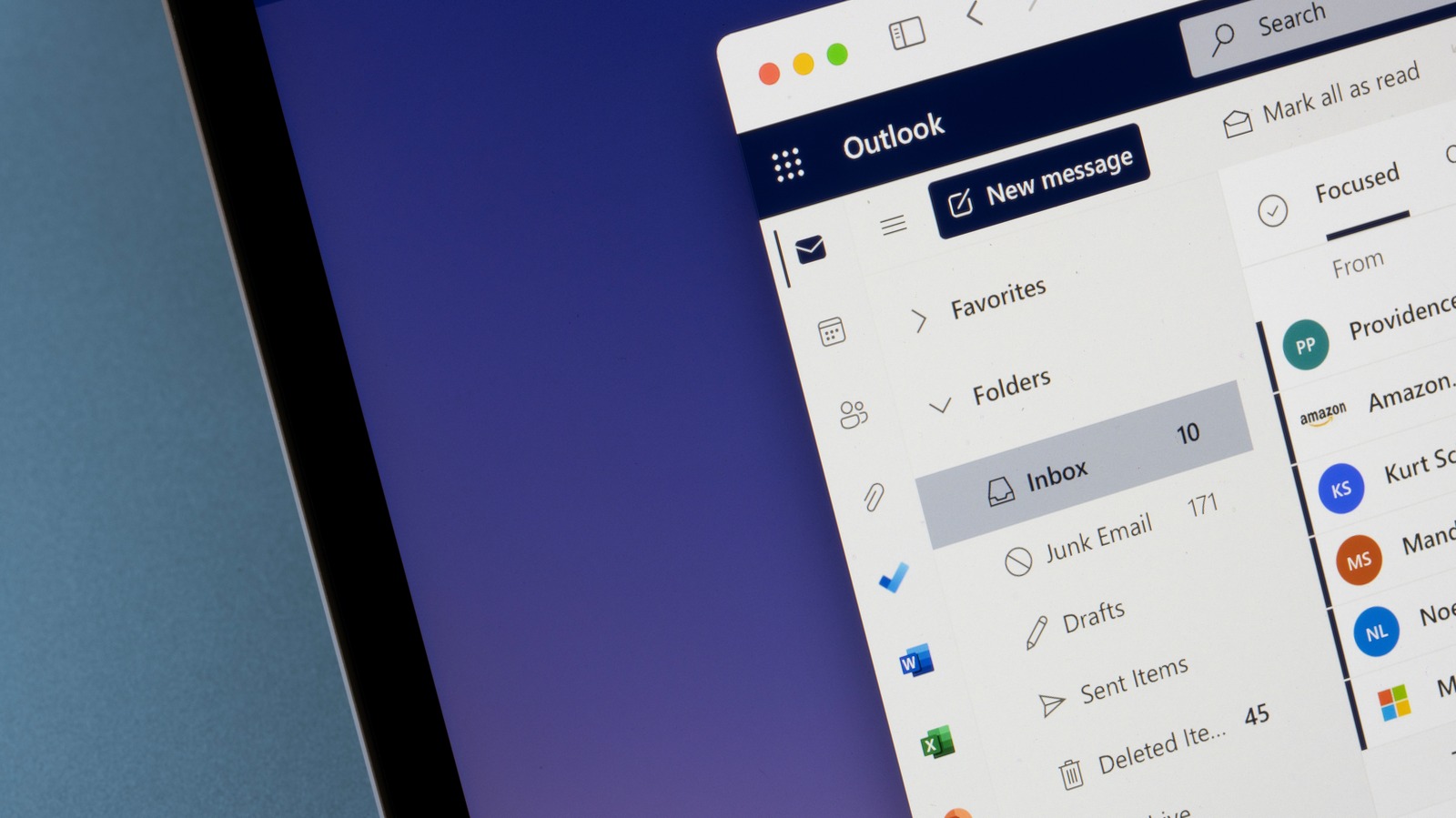AT&T – Best fiber internet service in Charleston
Prices: $55 – $180 per month
Speeds: 300 – 5,000Mbps
Unlimited data
Xfinity – Best for availability in Charleston
Prices: $20 – $300 per month
Speeds: 75 – 6,000Mbps
Data caps on some plans
Check with Xfinity Internet
T-Mobile Home Internet – Best alternative to traditional wired internet service in Charleston
Prices: $50 per month
Speeds: 72 – 245Mbps
Unlimited data
WOW Internet – Best option for cheap internet in Charleston
Prices: $20 – $95 per month
Speeds: 100 – 1,200Mbps
Good promo prices
I live just under 200 miles from Charleston, South Carolina, and let me be transparent: The last thing on my mind when I visit is my broadband options. I’m usually focused on fluffy biscuits, sandy beaches and bustling markets. But Charleston residents have a solid lineup of cable and fiber internet service choices offered by a wide variety of providers, according to a CNET analysis.
One hundred percent of Charleston households have access to a broadband connection (defined as 25 megabits per second download and 3Mbps upload speeds), according to the Federal Communications Commission, and 98% are eligible for plans that offer download speeds up to 250Mbps. That’s unusual. In South Carolina’s capital city of Columbia, for example, 92% have access to internet plans that fast, which would allow a household of four to comfortably stream shows, work from home and game simultaneously, per FCC guidelines.
Residents of The Holy City have lots of choices, including fiber plans from AT&T and local provider Home Telecom and cable connections from Xfinity or Spectrum. There’s also 5G home internet from T-Mobile Home Internet or Verizon 5G Home Internet.
CNET considers speeds, pricing, customer service and overall value to recommend the best internet service in Charleston across a number of categories. Our evaluation includes referencing a proprietary database built over years of reviewing internet services. We validate that against provider information by spot-checking local addresses for service availability. We also do a close read of providers’ terms and conditions and, when needed, will call ISPs to verify the details.
Despite our efforts to find the most recent and accurate information, our process has some limitations you need to know. Pricing and speed data are variable: Certain addresses may qualify for different tiers of service and monthly costs may vary, even within a single city. The best way to identify your particular options is to plug your address into a provider’s website.
Also, the prices, speed and other information listed above and in the provider cards below may differ from what we found in our research. The cards display the full range of a provider’s pricing and speed across the US, according to our database of plan information provided directly by ISPs, while the text is specific to what’s available in Charleston. The prices referenced within this article’s text come from our research and include applicable discounts for setting up automatic payments each month — a standard industry offering. Other discounts and promotions might be available as well, for things like signing a term contract or bundling with multiple services.
To learn more about how we review internet providers, visit our full methodology page.
Best internet options in Charleston
AT&T
Best fiber internet service in Charleston
Check availability
Product details
Price range
$55 – $180 per month
Speed range
300 – 5,000Mbps
Connection
Fiber
Highlights
Unlimited data, no contracts, equipment included
There are two options for fiber internet service if you live in Charleston: local provider Home Telecom, which services just over 7% of the area, or AT&T Fiber, which has a broader reach and offers faster, multigigabit plans in some areas.
Availability: AT&T covers 69% of Charleston homes, according to the FCC. That noted, not all of those will have access to the company’s superior fiber plans, which are concentrated in Lakeview of Lawton Bluff and Oceanview. Those in the West Ashley area and elsewhere must settle for DSL connectivity.
Plans and pricing: Homes eligible for AT&T Fiber have access to three different plans, all with symmetrical download and upload speeds: 300Mbps for $55 per month, 500Mbps for $65 and 1,000Mbps for $80. Some households can access two faster plans: 2,000Mbps for $110 per month or 5,000Mbps for $180.
Fees and service details: AT&T Fiber plans feature no contracts, data caps or equipment costs. Customers who order online may be eligible to receive a $100-$150 gift card, depending on the tier.
Read our AT&T Internet review.
Check AT&T Fiber availability
Xfinity
Best for availability in Charleston
Check availability
Product details
Price range
$20 – $300 per month
Speed range
75 – 6,000Mbps
Connection
Cable
Highlights
Data caps on some plans, lots of plan options, solid customer satisfaction numbers
Comcast’s home internet brand, Xfinity, services the most households of any cable ISP in the country and covers more of Charleston than any other provider. (Satellite internet is technically available to 100% of residents but is far inferior to the cheaper, faster cable connections CNET recommends.)
Availability: Xfinity services most of Charleston, with coverage spanning nearly 92% of households, according to the FCC.
Plans and pricing: Befitting the largest cable provider in the US, Xfinity offers the most plans within the Charleston area. Customers can choose from six service tiers, starting with the 75Mbps Connect plan for $30 per month and topping out with Gigabit Extra (1,200Mbps), which costs $80 monthly.
Fees and service details: Xfinity plans come with some degree of complexity. Most significant to note, the two cheapest tiers don’t require an annual contract — but the rest require a two-year commitment to get the lowest monthly price. And all plans have a 1.25TB monthly data cap (the average household uses about half that — 580GB per month, per OpenVault) unless you pay an additional $30 monthly. If you exceed the data cap, you’ll automatically be charged $10 for each 50GB you go over, with a maximum charge of $100 each month.
Read our Xfinity Internet review.
Check Xfinity Internet availability
T-Mobile Home Internet
Best alternative to traditional wired internet service in Charleston
Check availability
Product details
Price range
$50 per month ($30 for eligible T-Mobile Magenta Max customers)
Speed range
72 – 245Mbps
Connection
Fixed wireless
Highlights
Unlimited data, equipment included, no contracts, no additional fees
This provider uses its cellular network to offer a wireless home internet plan that’s the highest rated (among nonfiber providers) in the 2023 American Customer Satisfaction Index survey.
Availability: While the FCC suggests that T-Mobile Home Internet is available to roughly 83% of Charleston residents, you must plug in your address on the T-Mobile site to see if your household is eligible. Note that just because you can get T-Mobile 5G mobile service doesn’t mean you’ll be eligible for T-Mobile Home Internet.
Plans and pricing: T-Mobile Home Internet’s offering is straightforward, with one plan that costs $50 per month that features download speeds between 72 to 245Mbps and upload speeds from 15 to 31Mbps.
Fees and service details: T-Mobile Home Internet’s monthly price includes all equipment, taxes and fees — and a price-lock guarantee that keeps your monthly price locked in for as long as you remain a customer. Some customers may be eligible for a $20 monthly discount if they have a Go5G Plus or Magenta Max cellphone plan.
Read our T-Mobile Home Internet review.
Check T-Mobile availability
WOW Internet
Best option for cheap internet in Charleston
Check availability
Product details
Price range
$20 – $95 per month
Speed range
100 – 1,200Mbps
Connection
Cable
Highlights
Good promo prices, no contracts, unlimited data on some plans
WideOpenWest, also known as WOW, offers nearly as many cable service options as Xfinity — and some at considerably lower prices. If you’re looking for a viable alternative to one of the big national brands, WOW is well worth a look.
Availability: WOW internet covers roughly 37% of all Charleston households, according to the FCC, with concentrations at Colonial Grand at Cypress Cove, Parrot Point, West Ashley and Mount Pleasant.
Plans and pricing: WOW features the cheapest internet in the area with its 100Mbps plan for $20 per month. But the best value is the company’s gigabit plan, which costs $50 monthly. That boils down to 5 cents per Mbps — one of the cheapest rates you’ll find anywhere in the US.
Fees and service details: Most WOW plans feature an additional $10 monthly equipment charge, though you can waive that if you have your own modem or you step up to the gigabit or 1.2 gig plans. No contracts are required. All plans have a data cap of 1.5-3TB except the 1.2 gigabit plan, which includes unlimited data.
Read our WOW home internet review.
Check WOW! Internet availability
Overview of internet providers in Charleston
Provider Internet technologyMonthly price rangeSpeed rangeMonthly equipment costsData capContractCNET review scoreAT&T Internet DSL$55 10-100MbpsNone1.5TB (none for 100Mbps plan)None7.4AT&T Fiber Fiber$55-$180300-5,000MbpsNoneNoneNone7.4Home Telecom Fiber$70-$100300-1,000MbpsNoneNoneNoneN/ASpectrum Cable$50-$90300-1,000MbpsFree modem; $5 for router (optional)NoneNone7.2T-Mobile Home Internet Fixed wireless$50 ($30 with eligible mobile plans)72-245MbpsNoneNoneNone7.4Verizon 5G Home Internet Fixed wireless$50-$70 (50% off with eligible phone plan)85-1,000MbpsNoneNoneNone7.2WOW Cable$20-$95100-1,200Mbps$10 (optional)1.5TB-3TB (unlimited for 1.2 Gigs)None7.2Xfinity Cable$30-$8075-1,200Mbps$15 (optional)1.2TB1-2 years, depending on plan7
Show more (4 items)
Shop Providers
Source: CNET analysis of provider data.
Other available Charleston residential internet providers
Charleston has more ISPs than many other cities in the US, providing a rather extraordinary range of options. Here are some other providers worth considering.
Home Telecom: This company covers about 7% of Charleston, with availability mostly in the Daniel Island area. Its fiber-optic plans offer 300Mbps, 500Mbps or 1 gig for $70, $80 or $100 monthly — which is a bit more expensive than AT&T’s Fiber plans. But it’s a local outfit, equipment is included, and there are no data caps or contracts.Satellite internet: We recommend avoiding satellite internet in Charleston, given that cheaper and faster options are widely available. Satellite internet is best for rural areas that cable and fiber don’t reach. If that’s where you live, HughesNet and Viasat are the most prominent providers, though each requires a two-year contract. Elon Musk’s Starlink, which offers higher download speeds and lower latency, may soon be a more viable option: The company’s availability map says it will expand to Charleston in 2023. Spectrum Internet: Charter Communications’ home internet service is available to about 5% of the area, mostly north of the city in Ladson and Summerville. There are three different cable internet plans: 300Mbps for $50 per month, 500Mbps for $70 monthly and a gigabit offering for $90 per month. There are no data caps or contracts. Prices increase by $30 monthly after the first year.Verizon 5G Home Internet: Like T-Mobile, Verizon uses its cellular network to wirelessly provide home broadband connections. It offers higher maximum download speeds than T-Mobile (1,000Mbps vs. 245), but it’s only available to about 12% of Charleston households. Susanne Neumann/Getty Images
Pricing info on Charleston home internet service
The average starting price for internet in Charleston is around $43 per month — on par with other cities, including Austin, Dallas and Philadelphia.
What are the cheapest internet plans in Charleston?
Show more (3 items)
Shop Providers
Source: CNET analysis of provider data.
Charleston broadband speeds
According to the FCC, 100% of Charleston residents have access to broadband internet and, even more impressively, more than 30% are eligible for gig speed connections (940-1,000Mbps) from either AT&T Fiber, Home Telecom, Spectrum or Xfinity. AT&T also offers multigigabit plans up to 5 gigs (5,000Mbps).
What are the fastest internet plans in Charleston?
Provider Max download speedMax upload speedStarting priceData capContractAT&T Fiber Internet 5000 5,000Mbps5,000Mbps$180 NoneNoneAT&T Fiber Internet 2000 2,000Mbps2,000Mbps$110 NoneNoneWOW Internet 1.2 Gigs 1,200Mbps50Mbps$95 NoneNoneAT&T Fiber Internet 1000 1,000Mbps1,000Mbps$80 NoneNoneWOW Internet 1 Gig 1,000Mbps50Mbps$50 3TBNoneXfinity Gigabit Extra 1,200Mbps35Mbps$80 1.2TB2 yearsHome Telecom 1,000Mbps1,000Mbps$100 NoneNoneVerizon 5G Home Internet 1,000Mbps50Mbps$70 ($35 with qualifying Verizon 5G mobile plans)NoneNoneSpectrum Internet Gig 1,000Mbps35Mbps$90 NoneNoneXfinity Gigabit 1,000Mbps20Mbps$75 1.2TB2 years
Show more (6 items)
Shop Providers
Source: CNET analysis of provider data.
What’s the bottom line on Charleston internet providers?
Residents of Charleston have a variety of options when it comes to choosing a broadband provider. Xfinity covers nearly every address in the city, and some households can get faster upload speeds through fiber connections from AT&T and local provider Home Telecom. And If it’s cheap internet you’re after, look no further than WOW — it has some of the lowest starting prices you’ll find anywhere in the US.
How CNET chose the best internet providers in Charleston
Internet service providers are numerous and regional. Unlike the latest smartphone, laptop, router or kitchen tool, it’s impractical to personally test every ISP in a given city. So what’s our approach? For starters, we tap into a proprietary database of pricing, availability and speed information that draws from our own historical ISP data, partner data and mapping information from the Federal Communications Commission at FCC.gov.
This guide leverages an in-house artificial intelligence tool called RAMP, which is trained on our own writing and uses our database to generate content about specific internet service providers that our writers can use in determining and presenting our picks for a given guide. Check CNET’s AI policy for more information about how our teams use (and don’t use) AI tools.
Because our database is not exhaustive, we go to the FCC’s website to check the primary data for ourselves and make sure we’re considering every ISP that provides service in an area. Plans and prices also vary by location, so we input local addresses on provider websites to find the specific options available to residents. We look at sources, including the American Customer Satisfaction Index and J.D. Power, to evaluate how happy customers are with an ISP’s service. ISP plans and prices are subject to frequent changes; all information provided is accurate as of our prepublication fact-check.
Once we have this localized information, we ask three main questions:
Does the provider offer access to reasonably fast internet speeds? Do customers get decent value for what they’re paying? Are customers happy with their service?
While the answer to those questions is often layered and complex, the providers who come closest to “yes” on all three are the ones we recommend. To explore our process in more depth, visit our how we test ISPs page.
Internet providers in Charleston FAQs
Which is the best internet service provider in Charleston?
It depends on where you live. AT&T Fiber is a solid choice, but it’s not available to all households; most residents will have to settle for the provider’s DSL connection, and there are better options in that price range. Xfinity covers the greatest number of addresses but comes with data caps and temporary discounts. T-Mobile Home Internet offers no data caps, no price increases and free equipment rental — but its download speeds top out under 300Mbps, which might be insufficient for households with multiple users.
Which is the cheapest internet provider in Charleston?
Charleston’s cheapest internet provider is WOW, whose 100Mbps cable internet plan costs $20 per month. Its gigabit plan, which offers 1,000Mbps, and costs $50 monthly, is one of the best values in the US.
Which Charleston internet provider offers the fastest plan?
The title goes to AT&T Fiber, whose 5,000Mbps plan costs $180 monthly — another great value at less than 4 cents per Mbps.
Is fiber internet available in Charleston?
Yes. AT&T Fiber offers three plans for up to 1 gig in several areas and up to 5 gigs in others. Local provider Home Telecom offers three fiber plans with strong coverage penetration in the Daniel Island area.
Source link













